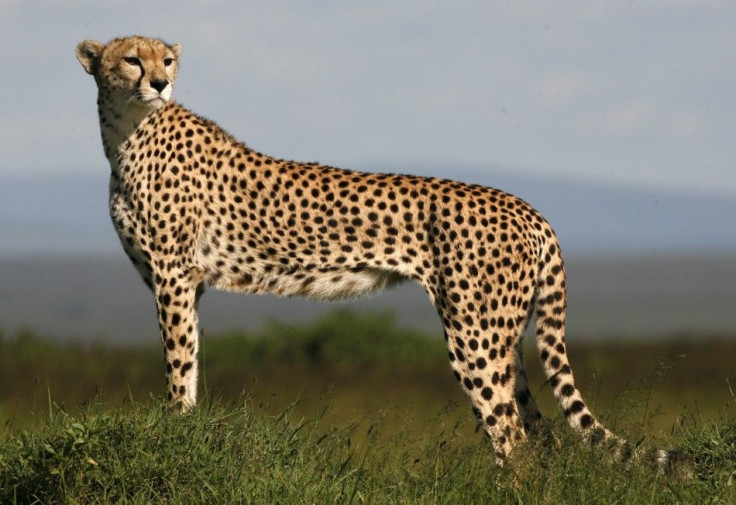India To Reintroduce Endangered Cheetahs 70 Years After They Were Wiped Out
KEY POINTS
- Cheetahs used to roam the Indian subcontinent freely but they eventually went extinct
- The Indian government now plans to reintroduce cheetahs by importing African cheetahs
- Some experts are criticizing the plan, while others are quite supportive
The Indian Supreme Court just cleared the project to reintroduce cheetahs to the country 70 years after they were wiped out. However, the plan is also facing criticisms from some conservationists.
Cheetah Reintroduction
Asiatic cheetahs used to roam the Indian subcontinent freely but, by the mid-20th century, they were already declared extinct in India thanks to threats of overhunting as well as habitat destruction. In fact, the cheetah is the only big mammal to have gone extinct in India after the country gained its independence in 1947.
Since then, the Indian government has been trying to bring cheetahs back to the country, from securing the creatures from Iran, which is where the world’s remaining Asiatic cheetahs are, to increasing the populations of cheetah prey as well as trying to clone them. Unfortunately, none of these plans successfully brought Asiatic cheetahs back to India.
Now, 70 years after cheetahs were officially declared extinct in India, the Indian Supreme Court cleared the plans to import cheetahs from African countries and introduce them to India. According to reports, the plan is to introduce the imported African cheetahs to the wild in India on an experimental basis to see how they would fare under Indian conditions.
Criticisms
In 2012, a similar project was rejected by the Indian Supreme Court after conservationists argued that the importation of African cheetahs to India is in violation of the International Union for Conservation of Nature’s (IUCN) guidelines for species reintroduction.
Now, conservationists and experts continue to doubt the plan, with fears that in the country’s haste to reintroduce cheetahs, the creatures might end up being housed in semi-captive conditions rather than being allowed to roam freely. Furthermore, there is also the question of the genetic differences between the Asiatic and African cheetahs, and conservationists are rather divided on whether the differences matter.
Another pressing concern about the plan is India’s capability to reintroduce the species. According to some activists, none of the proposed locations for the reintroduction are large enough to accommodate cheetahs’ needs. What’s more, conservationists are also pointing out that India’s track record for managing big cats is rather inconsistent.
For instance, the country introduced lions to the Chandraprabha sanctuary in the 1950s, but the creatures were eventually poached “out of existence,” according to the BBC.
Hope For Cheetah Reintroduction
That said, there are also conservationists who are hopeful about the prospects of reintroducing cheetahs to India. So far, cheetahs are considered “vulnerable” by the IUCN, so giving them new habitats could help protect the population.
For now, the proper studies are being done before actually commencing the project. This will help authorities determine the most ideal location to reintroduce the cheetahs. Although the reintroduction will be done on an experimental basis, the hope is that it would somehow help stabilize or even increase the world’s cheetah population.

© Copyright IBTimes 2024. All rights reserved.












